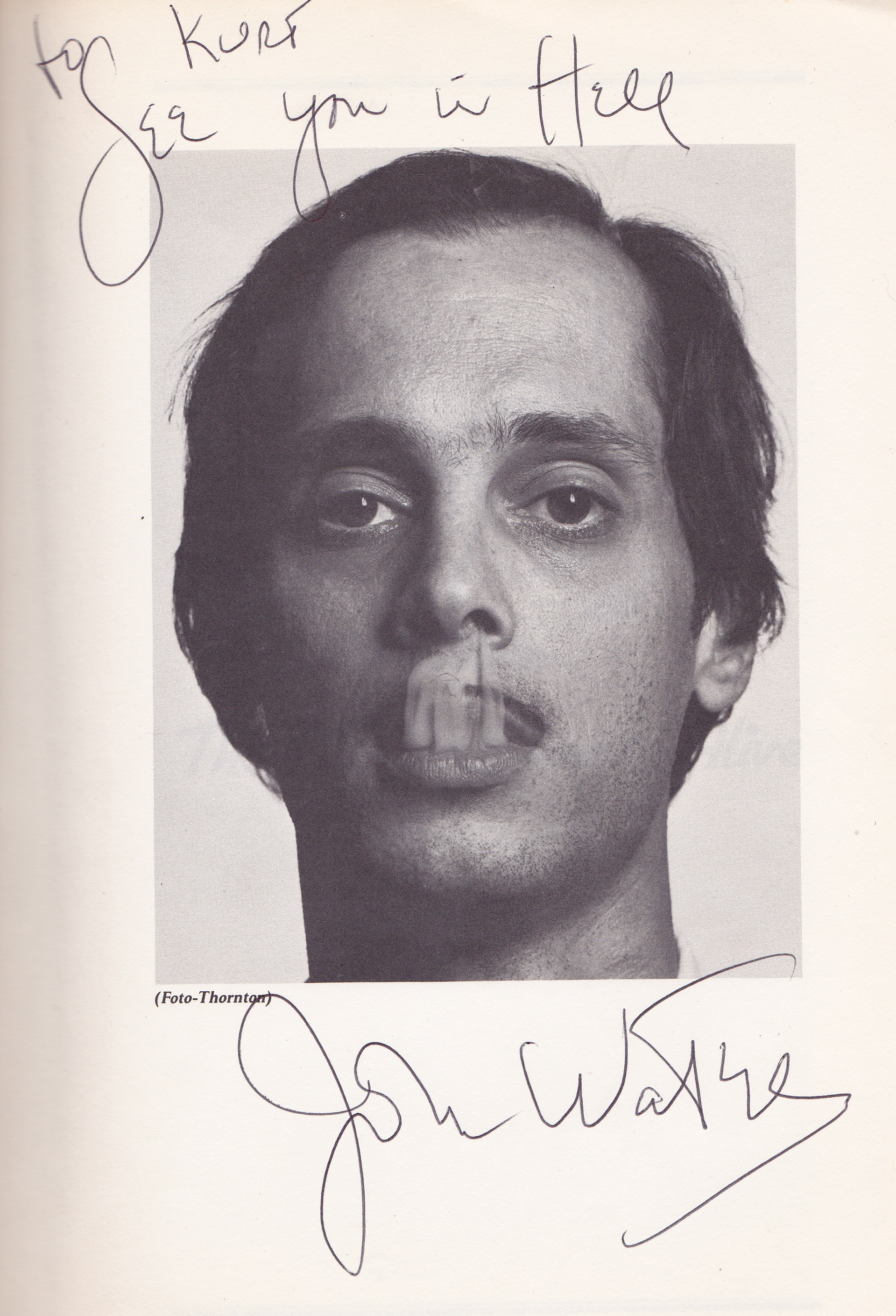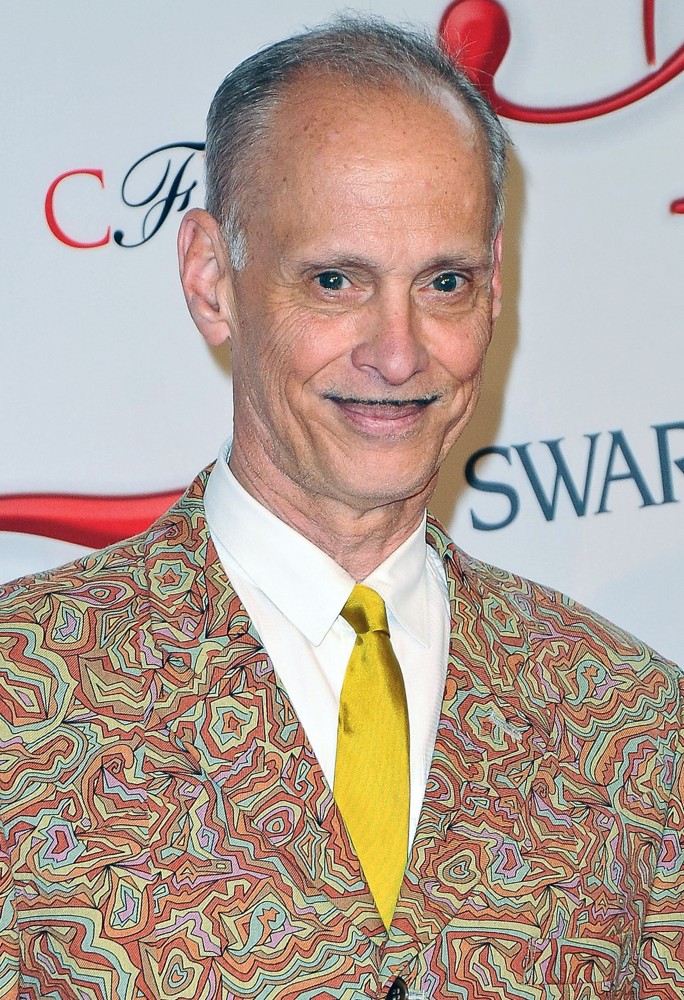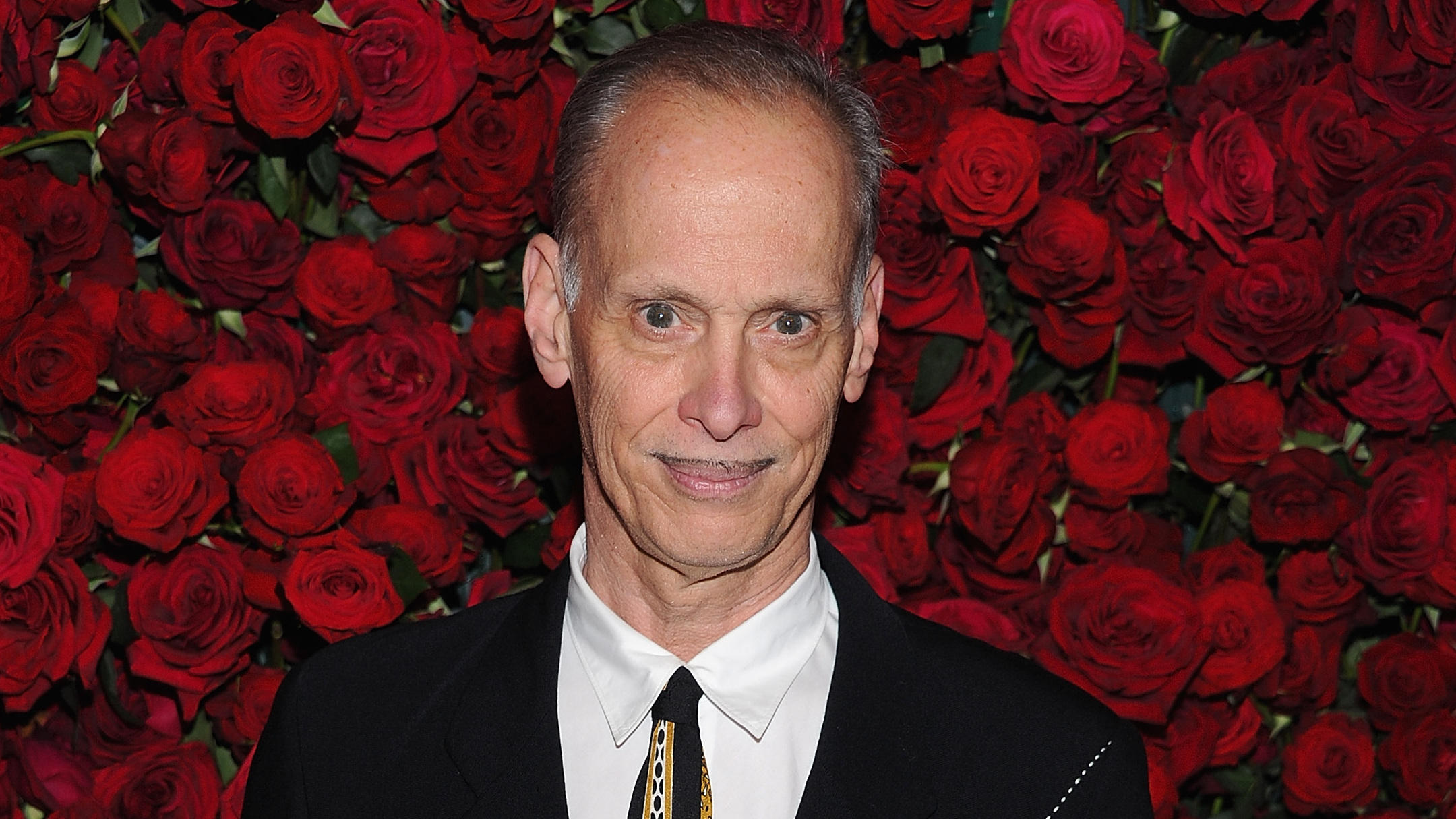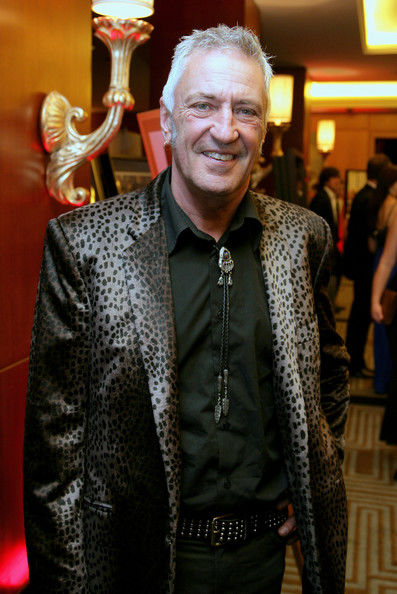Table of Contents
- John Waters Picture 9 - 2012 CFDA Fashion Awards
- John Waters - Actor - CineMagia.ro
- John Waters – Movies, Bio and Lists on MUBI
- some old pictures I took: Giant steps
- John Waters
- From the Library of John Waters : The Private Library
- Excremental Visionary (on John Waters’ SHOCK VALUE) | Jonathan Rosenbaum
- PRX
- John Waters is Getting His Own Academy Museum Exhibit & Star on the ...
- 'Filth Elder' John Waters Says There Are Still 'Plenty Of Rules' Left ...



A Unique Soundtrack




A Star-Studded Cast
Cry-Baby boasts an impressive cast of up-and-coming actors at the time. The film features Ricki Lake as Peekskill Pinky, Amy Blue (Traci Lords), and Moxie Rollings (Kim McGuire) as the "Swanky" Sisters. Johnny Depp shines as the titular character, bringing his signature charm to the role. What's fascinating is that Cry-Baby was one of Ricki Lake's breakout roles, marking her film debut. She would go on to have a successful acting career in both film and television. The film also marked the first major acting credit for Amy Blue (Traci Lords), who would later become a well-known adult film star.
A Nostalgic Look at 1950s Teen Culture
Cry-Baby is an ode to teenage culture in the 1950s, specifically the "juvenile delinquent" subculture. The film's setting and characters are inspired by John Waters' own experiences growing up in Baltimore during this era. The movie features iconic imagery from the 1950s, including poodle skirts, leather jackets, and sock hops. These nostalgic elements have contributed to Cry-Baby's enduring popularity among fans of the era and those who appreciate its campy charm.
A Cult Classic
Cry-Baby has developed a cult following over the years, with many considering it one of John Waters' best films. The movie's offbeat humor, memorable characters, and catchy soundtrack have made it a staple of 1980s and 1990s pop culture. The film has also been recognized for its cultural significance, particularly in terms of its portrayal of teenage outcasts and misfits. Cry-Baby has become a go-to reference point for many who grew up during the era or have an affinity for its retro charm.